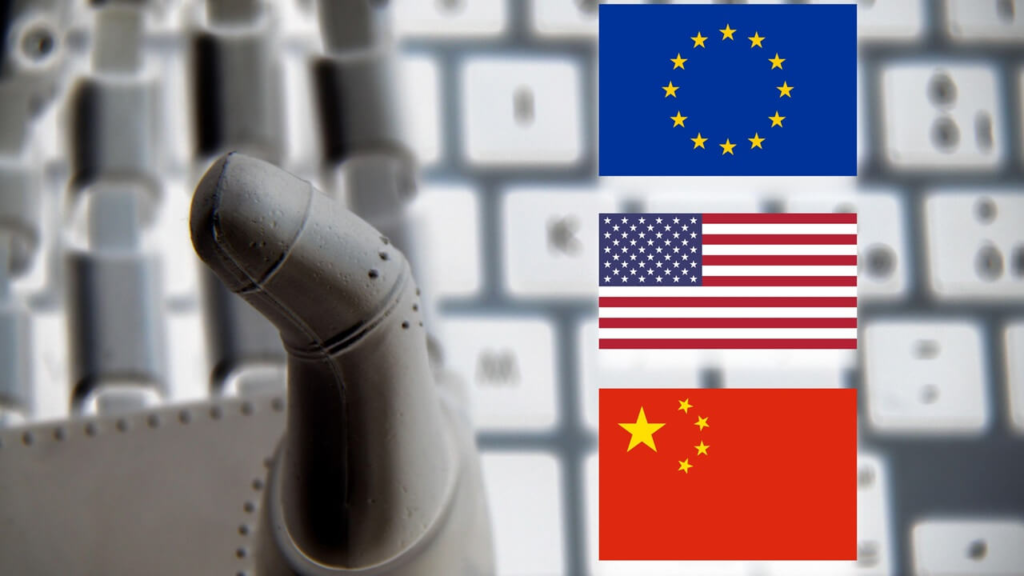As trade discussions continue with the international community, the US’s doubled tariffs on aluminum and steel went into effect on June 4. Tech leaders now must navigate a confusing landscape where drastic shifts in trade policy could make it harder to procure hardware, perhaps one day software, their organizations need. Further tariffs loom like a Sword of Damocles, though it is unclear what else might take effect or be rescinded under the Trump Administration. Tsvi Gal, head of enterprise technology services, digital informatics and technology solutions, technology division, for Memorial Sloan Kettering Cancer Center, says it is hard to tell what may be affected the most — medical devices, new drugs, or other areas — in this mercurial climate. “We are in the period of uncertainty and that’s the biggest issue,” he says. “There’s the medical devices themselves, and of course it depends where are they are manufactured, by whom, and so on, but also what are the components that make them.” For example, he says, optics are made in one factory, and then assembled in another place, meaning device development could take place across multiple nations, which may or may not mean confusion on how they might be tariffed. “We don’t know yet under which category the tariffs will happen.” Related:Organizations Every CIO Should Consider Joining Theoretically, Gal says, tariffs could affect all of the categories above. “Basically, it could be a major increase in the cost, again depending on the countries where it’s coming from, and so on and so forth. The question is whether you calculate the cost when you submit it to the US or the cost in the US.” He explains that depending how and where it is calculated, tariffs might not affect the US margin, but only the price sold into the US — maybe. “I don’t have a better answer because we just honestly don’t know,” he says. “But that’s just for the medical devices.” Data, Agentic AI, and the Supply Chain The back-and-forth on tariffs has the potential to disrupt many sectors, but visibility into the supply chain might staunch some of the pain. Kevin O’Marah, co-founder and chief research officer at Zero100, whose expertise lies in supply chain and technology, says resilience is a key focus of the moment at the highest level. “How do I be resilient with that change? From a technology perspective, it always ends up settling into data. Where is the data? How can I trust the data?” When confronted with uncertainty, such as the unknowns of tariffs, switching to alternate resources to avoid higher costs might help, but it can be a difficult and slow process, he says. “These are machines, and vehicles, and containers,” O’Marah says. “They can’t just be moved at lightspeed.” He says professionals in the supply chain try to know where goods are in order to try to get ahead of the anticipated escalation of prices. This can mean turning to data lakes to know where equipment and other resources in the supply chain are, he says. “That’s the way to deal with gaps in the standard flow of materials in the supply chains…That applies to a spare part for a bulldozer; it applies to medicine or an item within a hospital — can I track it down?” Related:Former CISO of Costco, Disney, and Now Exec at Axonius Talks CISO Strategies RFID and other unit-level tracking systems could help with this, he says, as long as the data is consolidated and visible. O’Marah also says the use of agentic AI can be useful on the data front when it comes to addressing potential supply chain issues. “The use of agents to ingest very unstructured data and blend it with structured data has suddenly become really valuable.” Many Moving Parts With technology manufactured in China and other places, it can be tricky to predict what might be affected in the tech supply chain. “So American companies still manufacture major parts of their devices elsewhere,” Gal says. “For example, when there was a shortage of GPUs about a year ago, year and a half ago, it was mainly because of the optical components.” Heavy reliance on China to manufacture those components meant a slowdown from just one country could have broad impact. Related:Digitalization — Is It Time for Humans to Intervene? According to iData Research, some 69% of medical devices marketed within the US are made overseas, That includes China being the source for about 14% of medical devices. Even homegrown medical devices could be affected, given that steel is a material in numerous medical devices. Based on iData Research’s findings, the US imported some $14.9 billion in medical equipment as of May 2024, though it is unclear how much of that would be hit by tariffs. There is potential for something similar to occur with medical devices, Gal says, depending on what the tariffs affect. “Is it the full device or the component? Most likely it will be the full device, because otherwise it’s very hard to follow the trail of where every component is being created,” he says. “But in that case the device themselves could be either assembled outside of the US, then shipped to the US, or they can be assembled in the US.” Such distinctions could make a lot of difference depending on what is included in the language of potential tariffs, from minimal percentages to greater extremes. “Again, we don’t know,” Gal says. “It’s more of a wait and see … I don’t even know if the distributors, the companies that actually distribute both medical devices and the IT devices, know at this point. I think that’s part of the concern.” Necessary Devices There is the potential for tariffs to drive prices up sharply on devices that will be needed no matter what. That may lead to decisive discussions, Gal says. “How much does the patients pay? The HMOs? Everybody will try to take this hot potato and throw it to the next one, but we don’t













